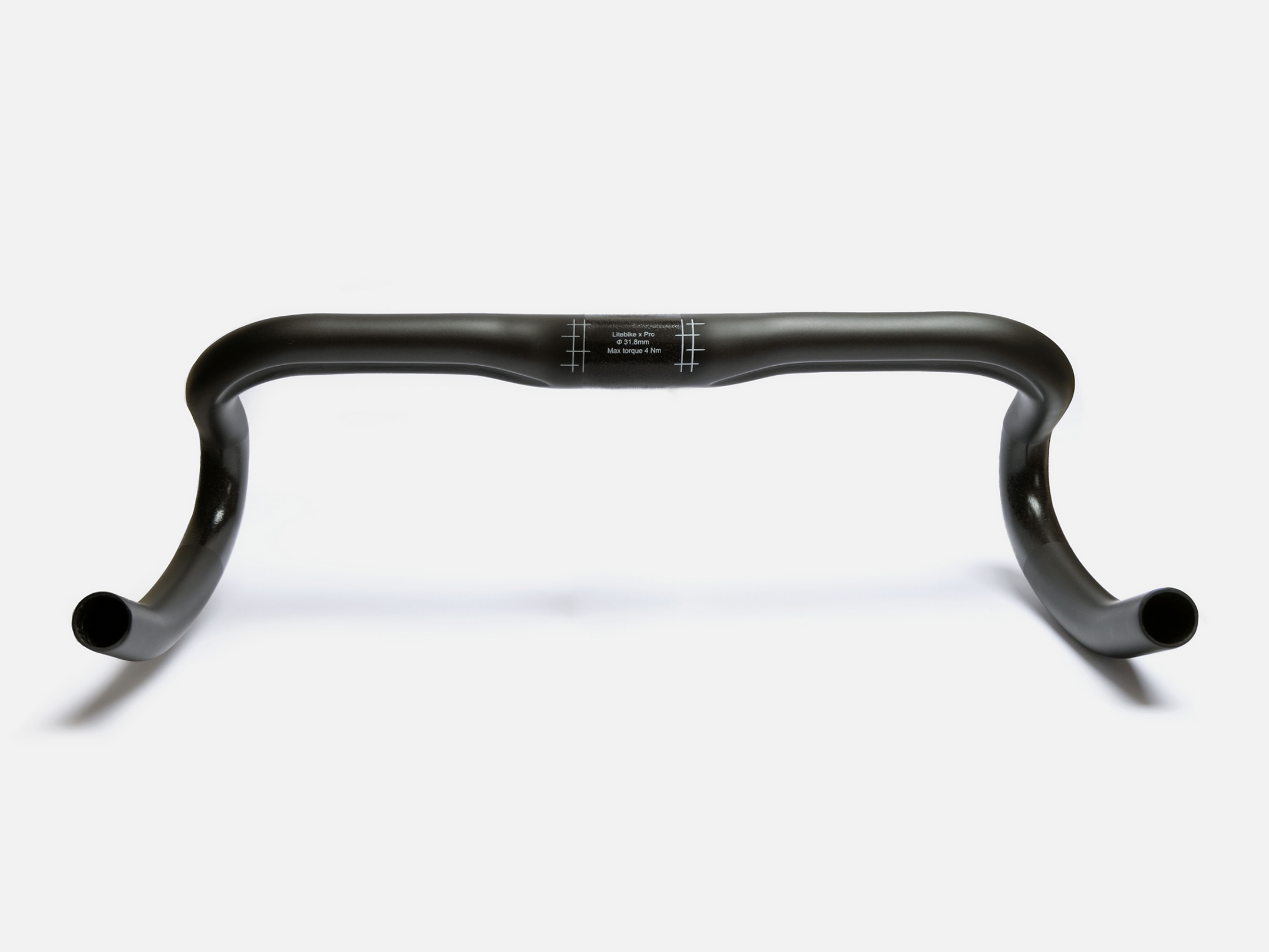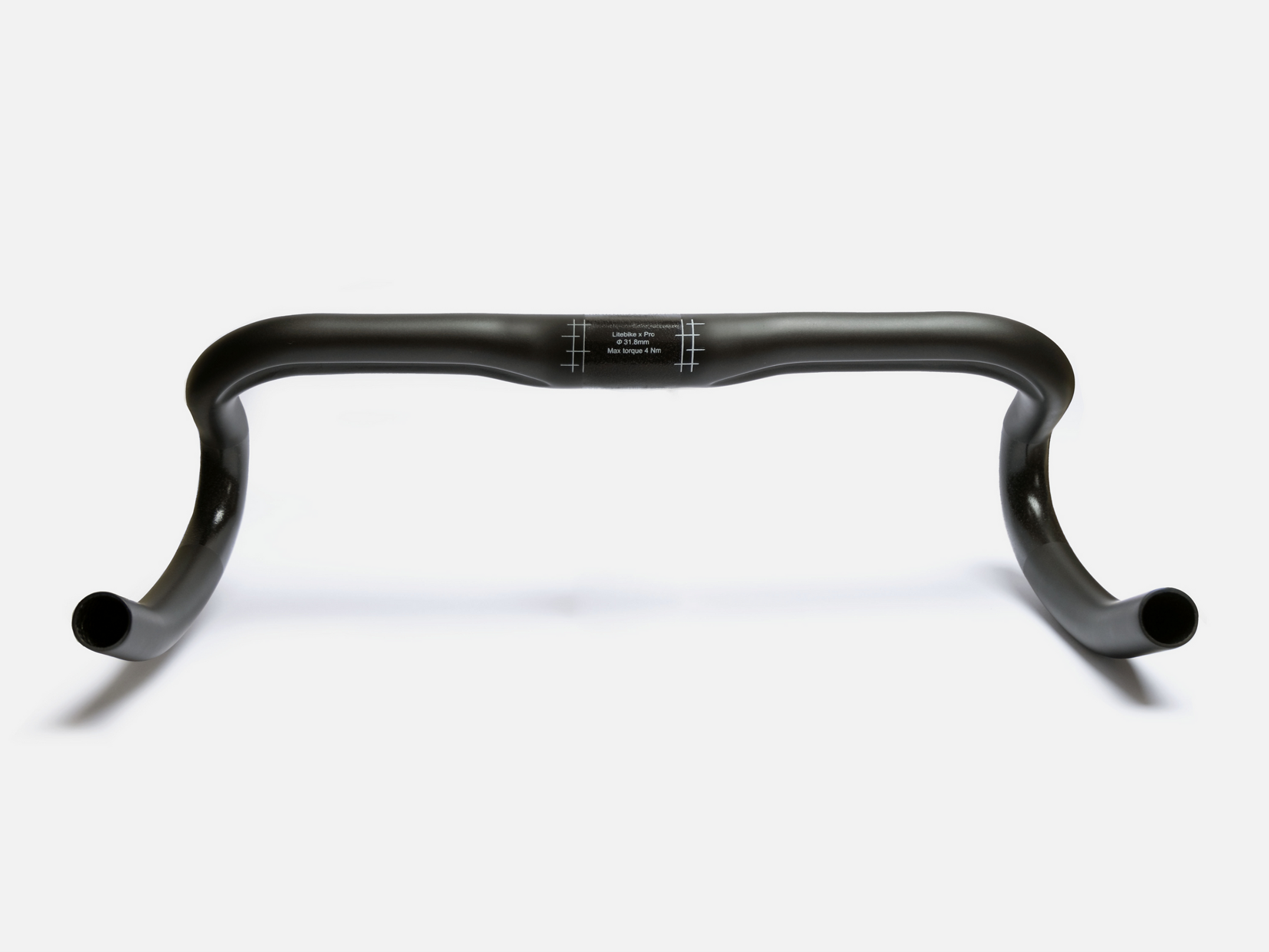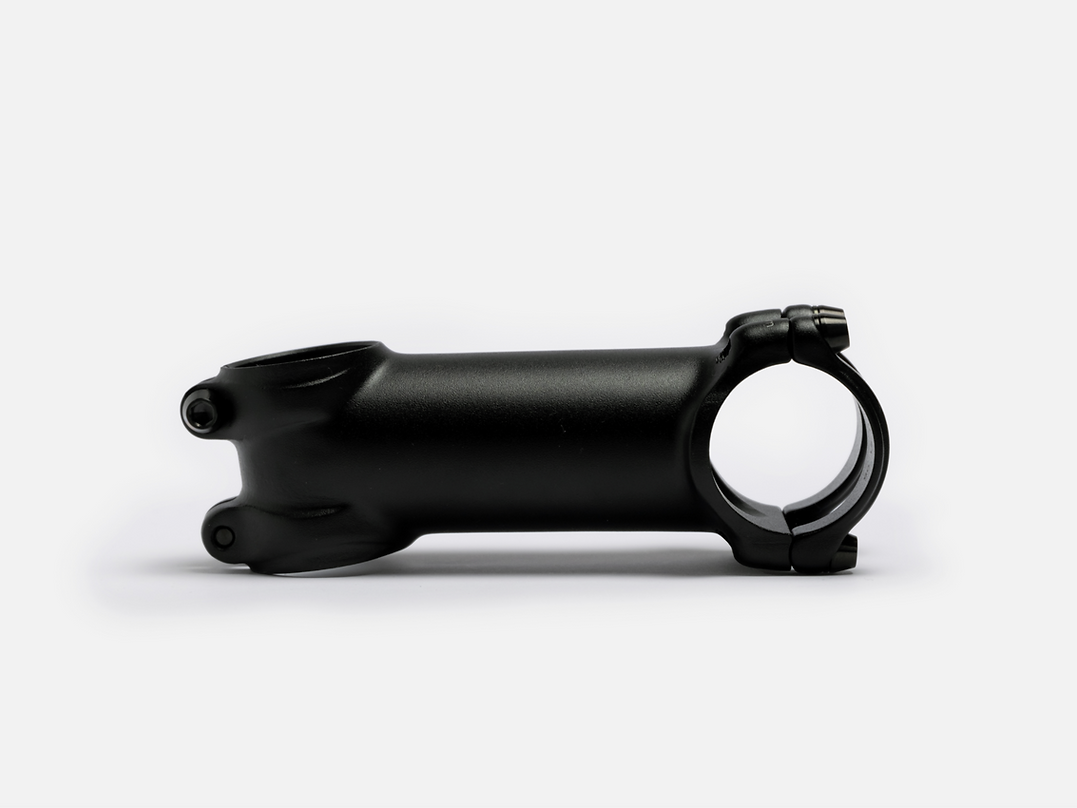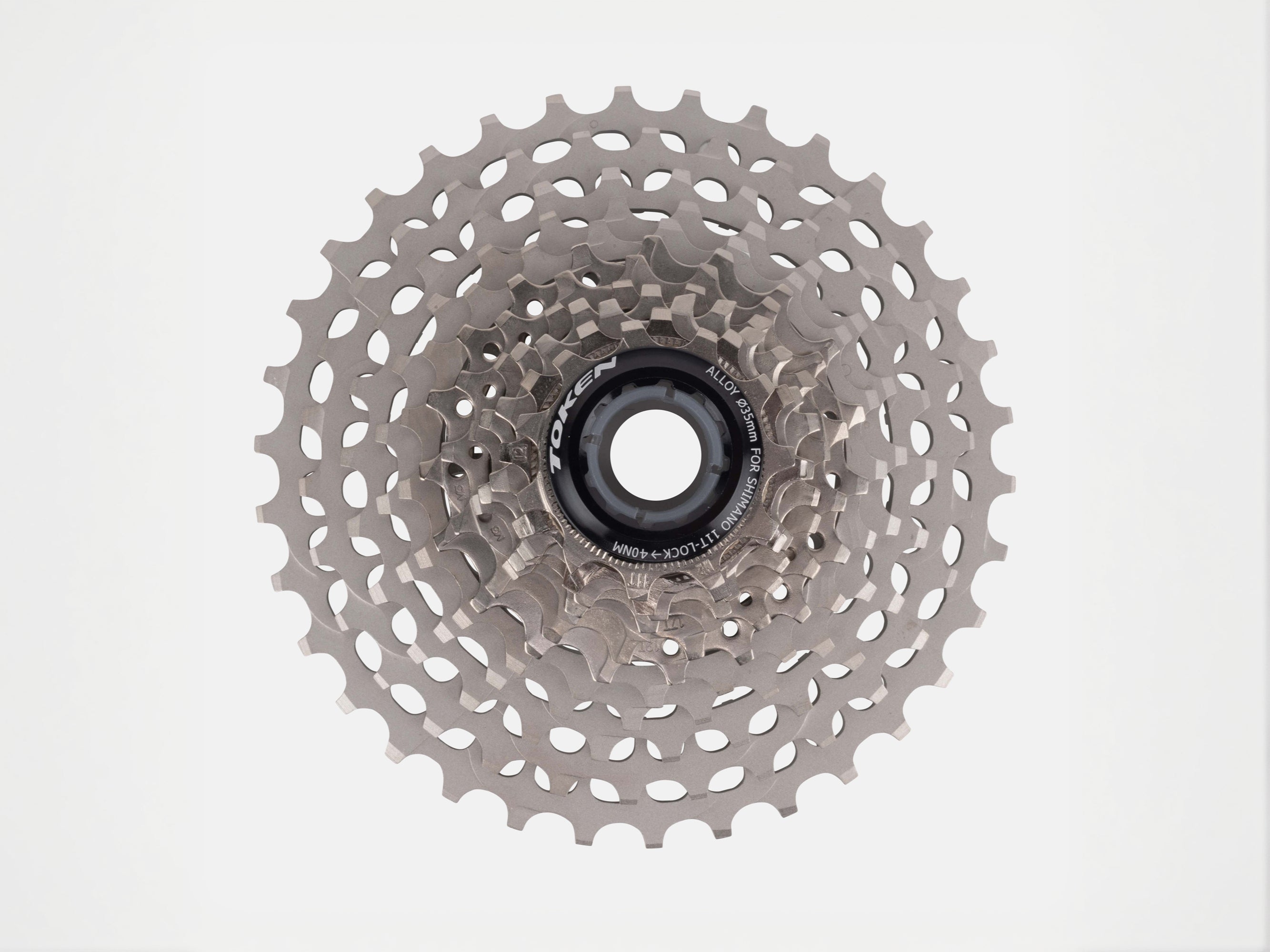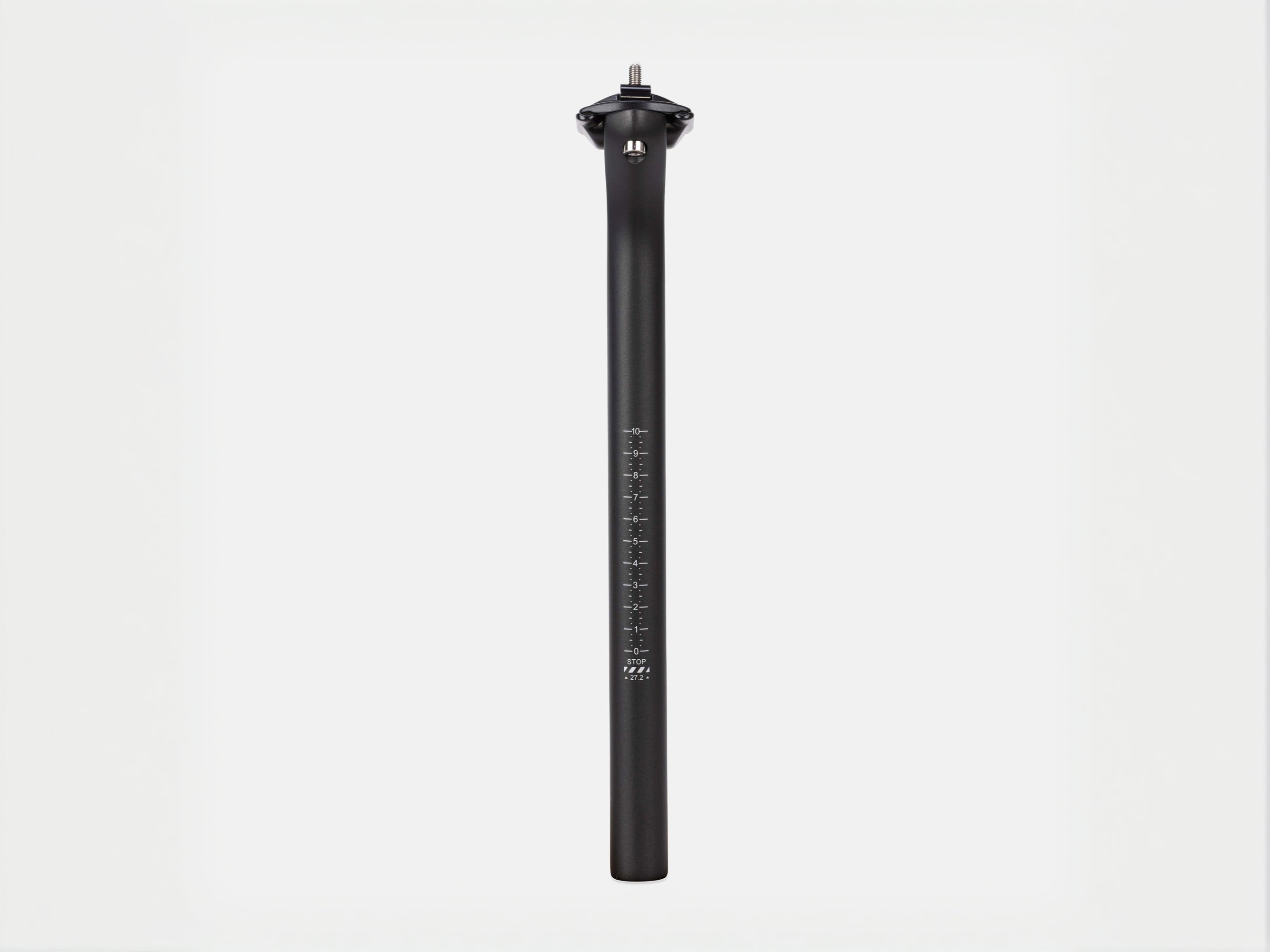Today we look at the basics of setting up an effective cycling training plan. This post is for everyone who wants to cycle faster for longer and improve their cycling fitness.
Perhaps you’ve just done your first big cycle. You’ve ticked off London to Brighton and you want to take your cycling fitness to the next level. You want to cycle longer distances upward of 150km or have your eye on cycling LEJOG.
How do I improve my cycling fitness?
To start you need to decide what you want to achieve.
Set a goal.
This might sound obvious but until you’ve got it figured out you’ll find it difficult to optimise your programme and see results. Worse still you might end up pulling in different directions, where all your hard work actually works against you.
The more specific you can be about how you want to improve your cycling fitness the better.
Ask yourself:
“Do I want to improve my cycling max speed?”
“Do I want to get stronger at climbing hills?”
“Do I want to improve your stamina for longer cycle rides?”
Maybe you’ll come to the conclusion that it’s all three.
The key thing is you are clear about your intentions. When we speak to cyclists at the top of the sport they all say the same.
Mark, an endurance cyclist, who cycled LEJOG in an absolutely eye-watering five days told us:
“When it came to it none of it happened by chance. How did I cycle in that time [5 days]? Well I had a goal and I worked backwards. I actually found that writing down my goals helped formalise the contract I was making with myself.”
How do I develop a cycling training plan?
It doesn’t need to be complicated. The key thing to understand is that there are two types of fitness you can work on: aerobic fitness and anaerobic fitness.
Aerobic fitness is another way of describing cardiovascular fitness or stamina. To improve aerobic fitness you need to work in your aerobic target zone. This is somewhere between 60-80% of your maximum heart rate and means exercising steady and not too fast so your heart is able to supply enough oxygen to the muscles.
Anaerobic fitness is about strength, power and muscular endurance. You need to work in your anaerobic target zone to get results. This is between 80-100% of your maximum heart rate which means exercising in short, fast bursts so your heart struggles to supply enough oxygen to your muscles.
Both are important. You want to get aerobic and anaerobic exercise into your cycling training programme roughly split 70/30 in favour of aerobic training.
| Day | Ride | Notes |
| Monday | Hilly 20 km | Focus on building anaerobic fitness on hills. Exercise at 80-100% of max heart rate. Track progress of hill segments. |
| Wednesday | Flat 30 km | Mainly aerobic with short high intensity segments at 80% of max heart rate. Combines aerobic and anaerobic exercise. Track progress on high intensity segments. |
| Sunday | Long ride 60 km | Consistent speed. Builds aerobic fitness. Tracking heart rate and increasing distance by 5% each week. See note below on progression. |
How do I increase VO2 max cycling?
VO2 max (maximum oxygen uptake) measures the max amount of oxygen your body is able to use during intense cycling. It’s expressed as millilitres of oxygen per kilogram of body weight per minute (ml/kg/min).
It reflects how effectively your cardiovascular and respiratory systems can deliver oxygen to your muscles and how efficiently your muscles can use that oxygen and is commonly used as an objective measure of cycling fitness and endurance.
Increasing your VO2 max cycling will come from targeted training in aerobic and anaerobic systems. You can incorporate both training types into your cycling training plan e.g. cycling a short, hilly segment at 80-100% of max heart rate (anaerobic) as part of longer cycle focussed on building aerobic capacity.
How to get results from your cycling training plan?
Getting results means sustaining effort over time.
You want to make sure that your cycling training plan is repeatable.
We think the trick to improving cycling fitness is turning your commitment, your cycling training plan, into a habit. Committing to less to begin can help because you're more likely to stick it out long enough for it to become habitual. The alternative is to start with too much, miss a week and feel disappointed before you ever get a chance to form a new habit.
As Kristi DePaul explains, habits are done without thought:
“Unlike habits, routines are uncomfortable and require a concerted effort. Waking up early to run every morning or meditating for 10 minutes every night, for instance, are rituals that — initially — are hard to keep up. Habits, on the other hand, are so ingrained in our daily lives that it feels strange not to do them. Imagine not brushing your teeth before bed or not drinking a cup of coffee with breakfast. If these are habits you have already formed, avoiding them might even feel bad.”
Turning your cycling training plan into a habit will require conscious effort to begin. Getting going will mean intentionally repeating what you have set out to do. But overtime as you repeat this behaviour it will start to become a routine and eventually habitual.
One hack we really like for habit forming is to stack new habits next to existing habits. For example, if you usually change out of work clothes when you get home, you could change straight into your cycling gear making it more likely that you will stick to your new cycling training plan.
There are unfortunately no shortcuts whatever people might say. Cycling and the wider sports and fitness industry is full of people who promise quick fix solutions. “Sign up to my programme and get a six pack in four weeks!” It’s never true.
Improving your cycling fitness takes repeated effort over time. Putting your cycling training plan into practice and repeating it over weeks and months is only possible if you stay injury free. Warming up and down with proper stretching is important, but deserves a separate post.
The other elements are progression and overload. The biology is that the body adapts just enough to deal with your new programme, so to keep getting better you will need to gradually increase the amount of exercise you do over time. A simple way to do this would be to add 5% to the distance you cycle each week.
How do I know if my cycling fitness has improved?
We highly recommend keeping some kind of record of your training. We previously wrote about the non-linear rate of progress and this can help especially when you feel like your improvement has stalled. We highly recommend Strava which is free and embeds a social element, which we have found has helped us stick to our training commitments.
How do I take my cycling performance to the next level?
Once you’ve got your cycling training plan in check and are starting to see results you may want to turn your attention to your bike to look for the next level in performance. We offer a small curated selection of durable, lightweight bike upgrades that are helping amateur and professional cyclists achieve results they did not think possible.
We recently got an email from Steve. Steve is an endurance cyclist and was fresh from a ride with his new TPU inner tubes: “I felt quicker and on the way back on my usual run I averaged 22.2 mph and beat my previous best.”
We’re incredibly proud to help cyclists like Steve take their cycling to the next level. Sometimes the next one percent is closer than you think.

